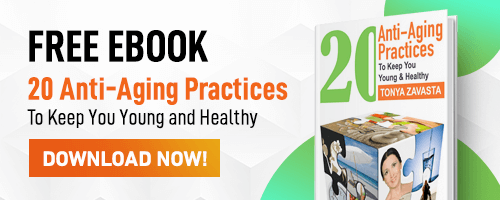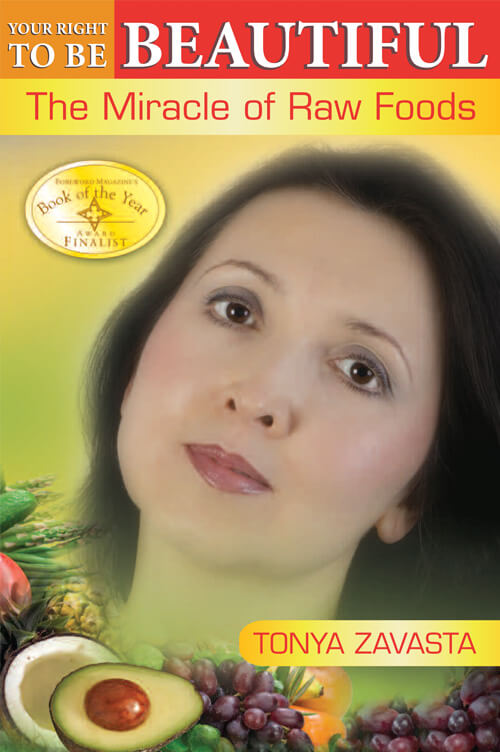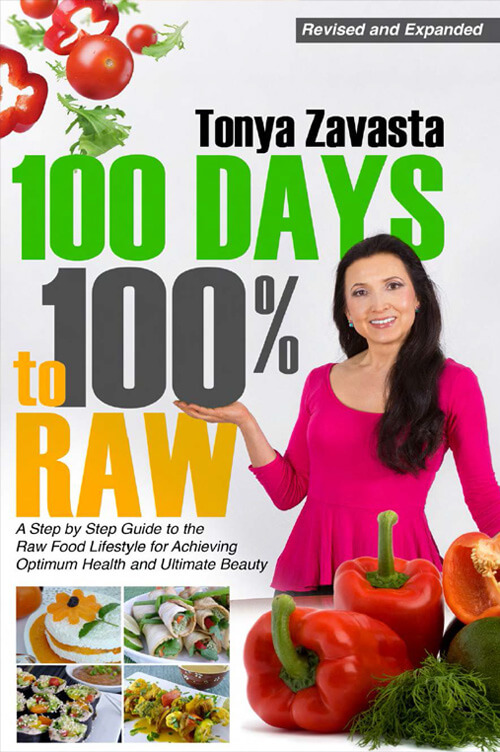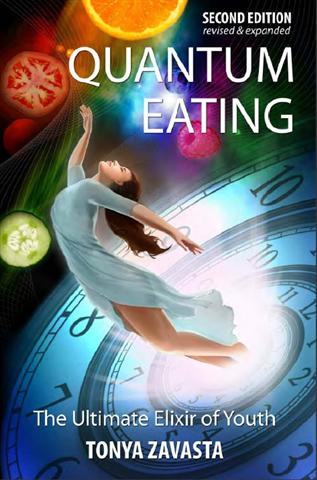Fibrocystic Breasts and Raw Foods
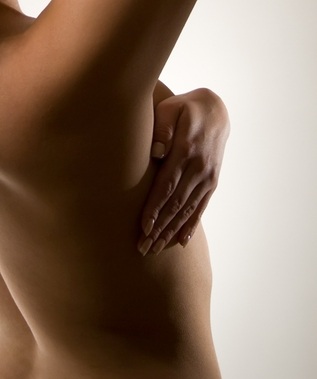
It was a lump. Small—about the size of a soybean. I was about thirteen, when my breasts developed. And it was then I discovered it, there in my left breast. I never told any doctor. Years passed before I even mentioned it to my mother.
We came to America in 1991. I was 33 and that’s when I had my first mammogram. My doctor became very concerned about my lump. She kept insisting I repeat the test again and again. Then she suggested an ultrasound.
This was my first and last mammogram. Since I knew I’d be sent for re-testing again and again, after that first time, I avoided mammograms. My thinking: The lump had been there for years—even if the cancer were there, mightn’t all that vigorous squeezing only tend to spread it?
What is Fibrosis?
Fibrosis, or fibrocystic breast condition, is common in women between 30 and 50, though some women experience it earlier. More than half of all women experience this non-cancerous condition sometime during their lives. Collagen is a natural and necessary substance in most of your organs and tissues. Fibrosis sometimes arises when there is an excessive collagen in one area.
Symptoms of fibrocystic breasts may include cysts (fluid-filled sacs), lumpiness, areas of thickening, pain and tenderness, and the formation of scar-like connective tissue called fibroids. Though fibrocystic breast lumps may occur anywhere in the breast, they most often appear in the upper, outer quadrant of the breasts, nearest the armpit.
Fibrocystic breast lumps tend to be smooth and round. They can move freely, being unattached to other breast tissue. Some may have a thick, irregular feel. Fibrocystic breast areas are often tender to touch and may increase or decrease in size during the menstrual cycle. There’s some good statistical news, here.
Having fibrocystic breasts is not in itself a risk factor for breast cancer. But a fibrocystic breast condition can sometimes make it harder to detect hidden breast cancer with standard techniques, due to the thickening and abnormalities associated with a fibrocystic condition. The conventional medical community encourages routine mammograms as a means of early detection and reducing the risk of breast cancer’s developing undetected.
Radiation Risk
What about the radiation risks? Most women consider mammograms to be radiation like any other X-ray, with similar limited risks. Women tend to look on mammograms as a necessary evil to be put off as long as possible. But the real picture is actually darker: We now know that routine mammograms can actually raise the risk of radiation-induced breast cancer. Cumulative effect is the culprit.
Each mammogram itself may not contribute much radiation. But ten mammograms over ten years can add up. A small percentage of women carry a gene called the A-T gene. The gene carries high sensitivity to radiation. As many as 20% of breast cancer cases, some believe, may be linked to the A-T gene.
A mammogram is “just a little dose” of radiation, we tend to think. So it must be safe—right? Radiation isn’t the only worry, however. Even more insidious than the radiation factor is the procedure itself. Rough handling and the pressure and squeezing involved can cause cancerous cells to be disseminated. This has been a concern since at least 1928.
Burton Goldberg, in his Alternative Medicine, states (page 588) that, beyond the risk of radiation exposure, the mammography procedure itself “may help spread an existing mass of cancer cells. During a mammogram, considerable pressure [is] placed on the woman’s breast, as the breast is squeezed between two flat plastic surfaces. According to some…practitioners, this compression could cause existing cancer cells to metastasize from the breast tissue.”
False positives are also common in premenopausal or postmenopausal women who are on estrogen therapy. These false positives lead to unnecessary biopsies, further dangerous testing, even to unneeded mastectomies. Imagine my surprise when I learned that even low-dose radiation could cause breast fibroids!
Lump Gone with Raw Foods!
My raw foods journey began in 1997. Often my mother, calling from Moldova, would remind me to check the lump in my breast for any changes. Now, after self-testing and following the 100 percent raw food lifestyle all this time, I have to my delight discovered that after following Quantum Eating for several years my lump has gotten smaller and smaller. And now, it is gone! Tumors may be malignant or benign. Mine, luckily, was benign. When cleansing and healing, your body will always take care of the most important things first. I believe that’s why it took years for it to resolve my fibrosis. My body had more important things going on—bigger fish to fry, if you will.
Read more on this topic in my book You Right to Be Beautiful. Now that I have reached a higher level of health, thanks to the raw food diet and hot yoga, my body was able to take care of this issue as well. That’s the clincher for me. I no longer fear breast cancer or tumors or have to deal with fibrosis. Do, please, keep in mind that, by the time a tumor reaches a size that can be detected, it’s probably been growing ten years or more.
“Early detection,” laudably enough, is what the medical community pushes. But it misses the mark by emphasizing early detection above all else. Shouldn’t our real aim be not getting cancer in the first place? Let’s concentrate on prevention instead. I highly encourage self-breast exams. If ever you find anything you’re uncomfortable with, be sure to see your health practitioner immediately.
If you actually have the condition known as fibrosis, chances are you have already been examined and the condition has been confirmed. By keeping a watchful eye, doing regular exams, and nourishing the body with the raw food diet, your chances of overcoming this painful malady are as good as mine!
